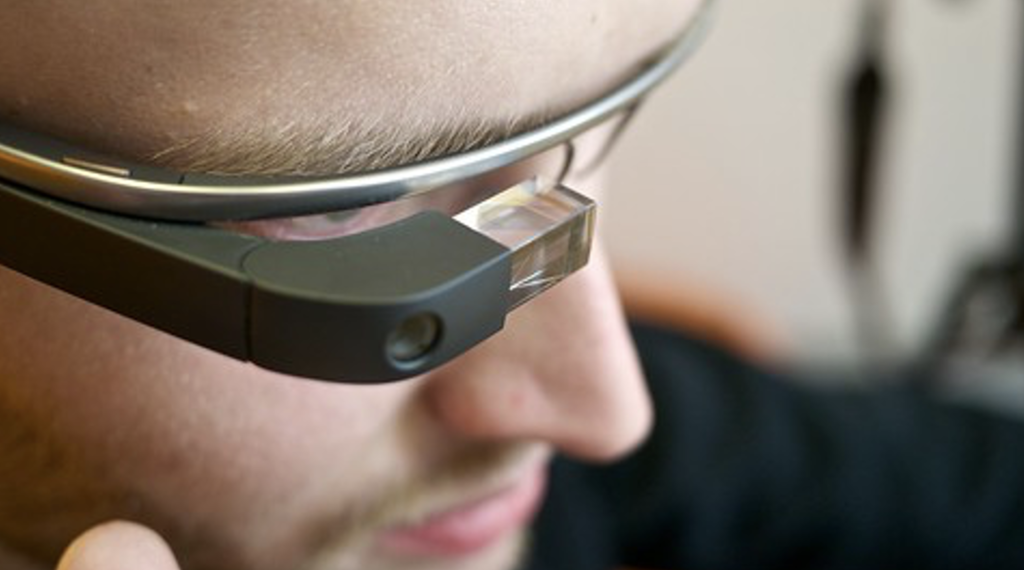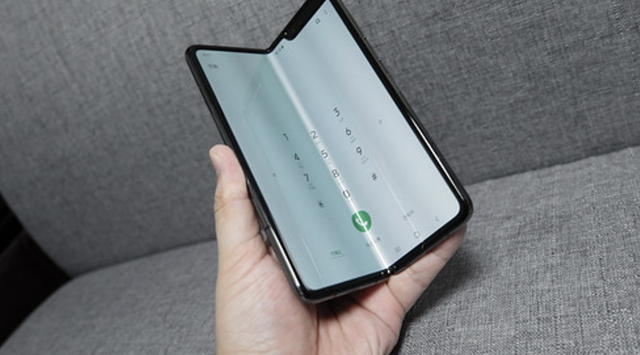There have been many great innovations that just didn’t catch on. The jury might still be out when it comes to folding phones, but they could well warrant a spot on this failed tech list.
Folding or failing?
The concept of a folding phone isn’t doomed yet and there are a couple of reasons to be optimistic. Yet, things haven’t gone smoothly and features we expected to see simply haven’t materialized. A number of industries showed initial excitement at the concept of foldable phones that would make their app or website a more pleasing experience. The hugely popular online casino sector was one that seemed perfectly geared toward making the concept work as games such as live dealer roulette, blackjack and baccarat would be a more pleasing experience on the larger screen.
However, while online casinos were quick to adapt to changes in consumer behaviour such as mobile optimisation and cryptocurrencies, they no longer seem particularly invested in the future of foldables. The lack of websites or apps that are tailored to make the most of foldable phones is one issue, but the hardware letdowns have been the real killer. While Samsung appears to have made some progress, it hasn’t been a smooth journey and the number of expensive foldable disasters on the market has dented consumer confidence. Hopes appear to rest on rumours of a foldable phone by Apple that could ensure this particular invention isn’t dead as the dodo.

Four-eyes
Remember when Google Glass was the technology of the future and the herald an era of increasingly sophisticated wearables? Some see the failure of Google Glass as marketing negligence as consumers were left confused as to why exactly they needed the expensive product. Were they a status symbol to be worn all the time or a device to be harnessed under specific circumstances?
While the marketing of the product could certainly be questioned, more practical issues arose with camera use. People weren’t comfortable with Glass wearers being in their vicinity and many establishments, particularly restaurants and pubs, barred users from entry. As well as being denied entry to certain locations, Glass users simply didn’t accrue credibility through the product. They didn’t look cool and would have felt the sting of being ridiculed. There still might be a future for Google Glass in the field of safety equipment, but there’s little doubt that the reality failed to come close to the vision.
Hot wheels
Invented by Dean Kamen, the Segway is a two-wheeled, balancing electric vehicle that still prompts looks of curiosity when encountered. While Segways still exist, they are considered a failure due to the expectations falling well short of the reality. The buzz at the time was that this would be the transport of the future, but it wasn’t really clear where the contraption should be used and many countries brought in regulations that prohibited the use of Segways on either sidewalks or roads.
While you might meet someone using a Segway at an airport or factory, the target market for the product wasn’t apparent and those that used them were often criticised. The fact that the owner of Segway Inc. from 2009, Jimi Heselden, had an accident involving the vehicle could not have helped consumer confidence.
Three products that still exist, but didn’t have the expected impact. Foldable phones still have a chance to be successful, but their future looks bleak.


